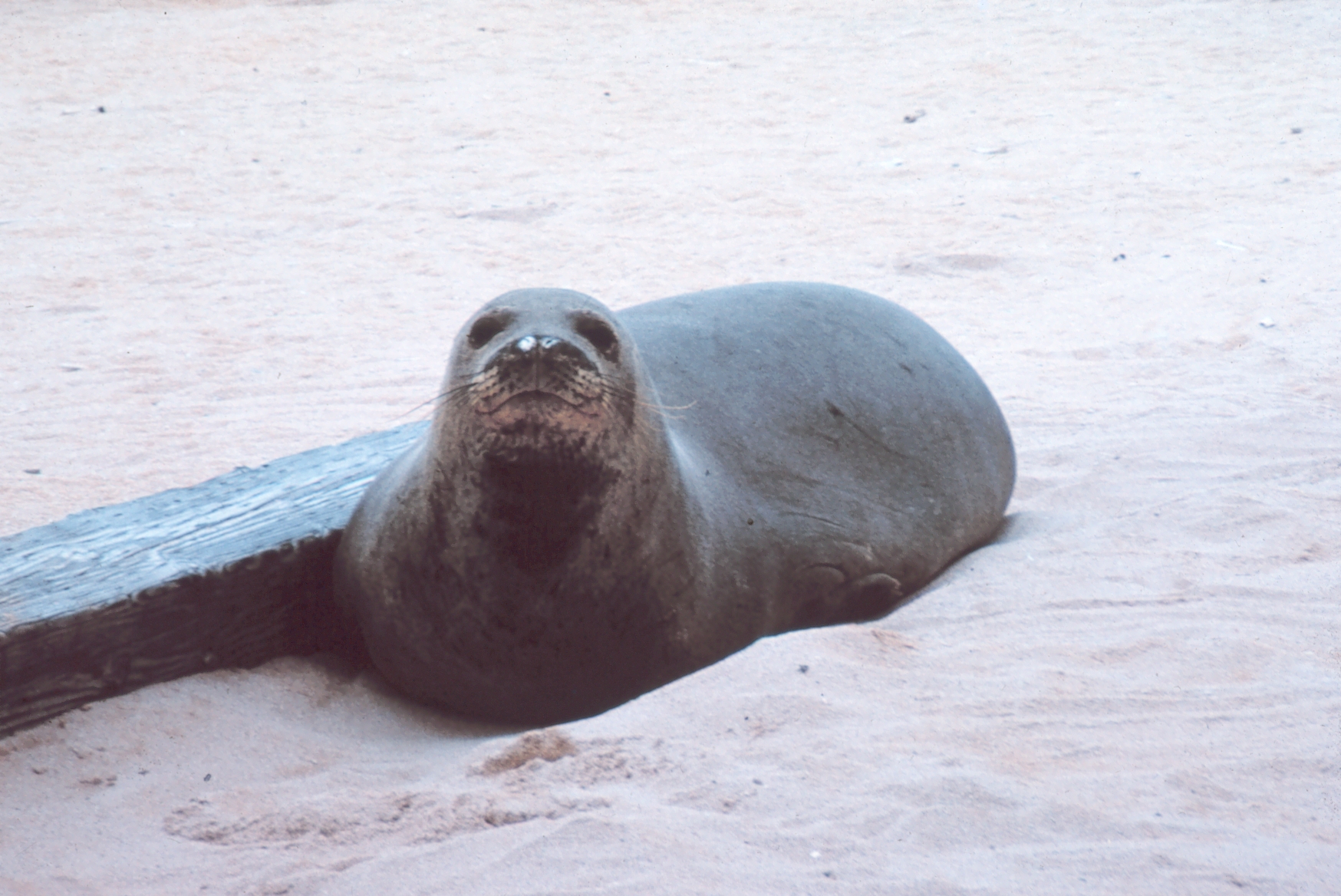|
Hawaiian Monk Seal
The Hawaiian monk seal (''Neomonachus schauinslandi'') is an endangered species of earless seal in the family Phocidae that is endemic to the Hawaiian Islands. The Hawaiian monk seal is one of two extant monk seal species; the other is the Mediterranean monk seal. A third species, the Caribbean monk seal, is extinct. The Hawaiian monk seal is the only seal native to Hawaii, and, along with the Hawaiian hoary bat, is one of only two mammals endemic to the islands. ''N. schauinslandi'' is a conservation reliant endangered species. The small population of about 1,400 individuals is threatened by human encroachment, very low levels of genetic variation, entanglement in fishing nets, marine debris, disease, and past commercial hunting for skins. There are many methods of conservation biology when it comes to endangered species; translocation, captive care, habitat cleanup, and educating the public about the Hawaiian monk seal are some of the methods that can be employed. ... [...More Info...] [...Related Items...] OR: [Wikipedia] [Google] [Baidu] |
Kaʻula
Kaʻula Island, also called Kaʻula Rock, is a small, crescent-shaped island in the Hawaiian Islands. Mythology In the legend of Papa and Wākea, Kaula is the seventh-born child. Geography It is located west-southwest of Kawaihoa Point on Niihau, and about west of Honolulu. The island is the top of a volcanic tuff cone that rests on top of a larger, submerged shield volcano. At its highest point, the island reaches a height of . The ocean has carved large sea cliffs on the sides of the island. There is a large cave on the northwest side of the island called Kahalauaola (Shark Cave). The United States Census Bureau defines Kaula as Census Tract 411 of Kauai County, Hawaii. The 2000 census showed that the uninhabited island had a land area of . Because of erosion, the island is slowly shrinking. Kaʻula, which he spelled as "Tahoora", was one of the first five islands sighted by Captain James Cook in 1778. Lighthouse A lighthouse was completed on the island in 1932 by t ... [...More Info...] [...Related Items...] OR: [Wikipedia] [Google] [Baidu] |
